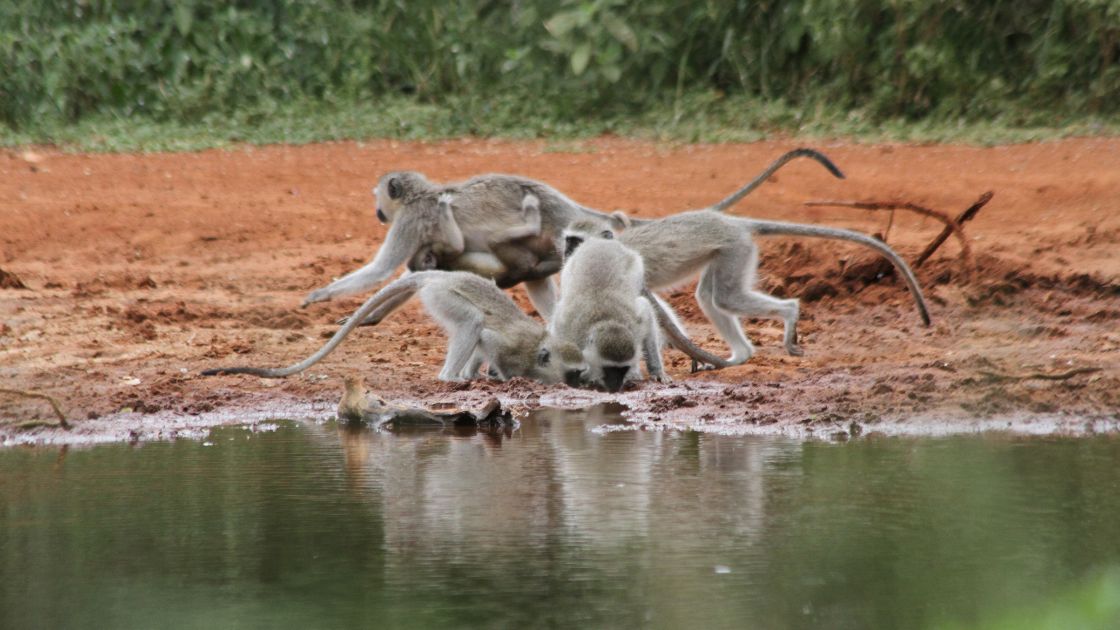Mapungubwe National Park is a biodiversity hotspot located in the northern part of South Africa, near the borders of Botswana and Zimbabwe. This national park covers an area of approximately 28,000 hectares, and it is home to a wide range of plant and animal species.
The park is located in the Limpopo Province, which is known for its diverse ecosystems, including savannahs, woodlands, and riverine forests. The Mapungubwe National Park sits at the confluence of two major rivers – the Limpopo River and Shashe River – which provides a unique habitat for many species.
One of the most remarkable features of this national park is its archaeological sites. Mapungubwe was once a thriving kingdom that existed between 900 AD and 1300 AD. The remains of this ancient civilization can be seen throughout the park, including the famous Mapungubwe Hill.
The biodiversity in Mapungubwe National Park is astounding. The park has over 400 bird species that have been recorded within its borders. Some of these birds are endemic to Southern Africa, such as the Lappet-faced Vulture and Pel’s Fishing Owl.
In addition to birds, there are also several large mammals that call this national park home. Visitors can expect to see elephants, lions, leopards, hyenas, wild dogs, giraffes, zebras and many more animals roaming around freely in their natural habitats.
For those interested in plant life as well as animals will not be disappointed by what they find here. The Marula tree (Sclerocarya birrea) which has been used traditionally for medicinal purposes by local people grows here along with other rare trees like Fever-berry (Croton gratissimus).
Visitors to Mapungubwe National Park can explore its diverse habitats through various activities such as game drives or walking safaris led by qualified guides who have extensive knowledge of the park’s flora and fauna.
In conclusion, Mapungubwe National Park is a must-visit destination for nature lovers who want to experience the diversity of Southern Africa. The park offers a unique blend of wildlife, breathtaking landscapes, and ancient history that will leave visitors in awe.


